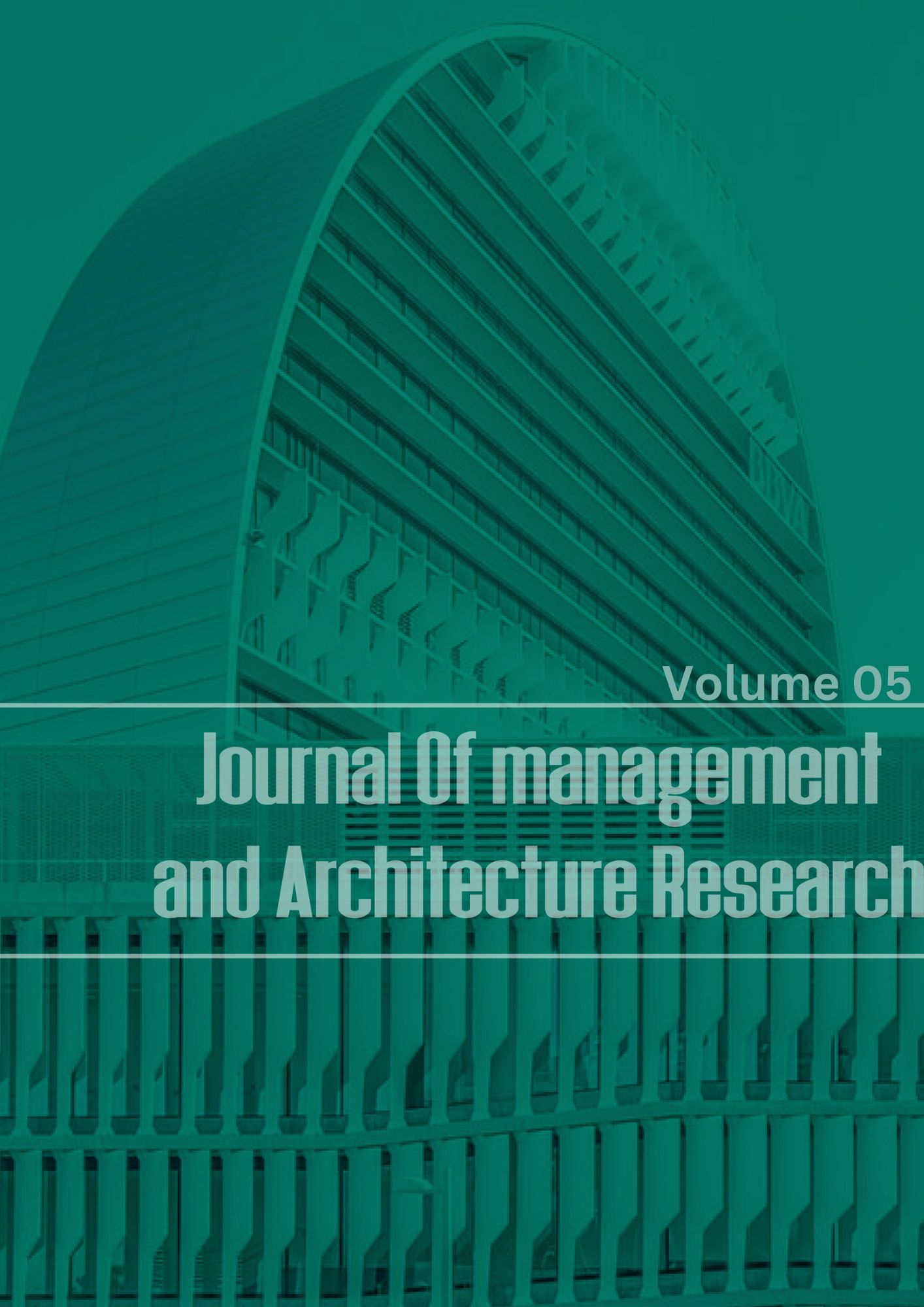
 Articles
| Open Access |
Articles
| Open Access | Synthesis and Characterization of Nanoscale Iron Oxide for Environmental Uses
Abstract
Synthesis of Nanomaterials: "This is a top-down approach. This method produced nanoparticles with magnetic and catalytic properties. Ball milling and subsequent annealing are simple methods for producing large quantities of different Nano powders. Atomic-level alloying is accomplished by milling elemental blends, pre-alloyed powders, and ceramics. Put four hardened steel balls in a stainless steel container filled with graphite powder. According to Shah and Ahmad (2010), argon gas is used to purge the container. Following extensive grinding, the pieces are annealed under vacuum at 1400°C. There has been no breakthrough in determining the mechanism underlying this procedure. According to this concept, mechanical alloying is a process in which "ball impacts repeatedly shatter an alloy and then cause it to congregate at the impact site. Since then, Mg2Ni has been manufactured using a solid-state mechanical alloying technique with powdered components (Iturbe-Garca et al., 2010). Nanoscale materials have sparked a lot of interest because their unusual physical properties distinguish them significantly from their more common coarser counterparts (Mandal et al., 2008; Deb et al., 2001). These micro-sized objects are larger than atoms and molecules but significantly smaller than solid blocks. Simply because "they violate the laws and principles of absolute quantum chemistry and classical physics." Nano-phase and nanostructure materials are essential building blocks in many fields, including electronics, because of their ultra-small dimensions, large surface areas, useful interfacial defects, and interface-dominated nature. Optics, pharmaceuticals, paint, coatings, superconductors, semiconductors, and catalysis are some of the fields covered. Dye and pigment consumption has risen dramatically in recent years (Dong et al., 2011; Zhou et al., 2010). Dye waste is a well-known environmental pollutant, with some of it toxic or even carcinogenic (Wang et al., 2005; Zhu et al., 2012). These colors are highly visible in water even at low concentrations and should be avoided (Hu et al., 2010). Chromophores give a molecule its color, while auxochromes make it more water-soluble and increase its affinity. These two elements are the primary reason why molecules of color can exist (Gupta et al., 2009).
Keywords
Semiconductors, Nanostructured Materials, Atoms and Molecules
References
Article Statistics
Downloads
Copyright License
Copyright (c) 2024 WANG JUN , DR. AIMAN AL-ODAINI , DR MOHAMMED SALEH NUSARI (Author)

This work is licensed under a Creative Commons Attribution 4.0 International License.
Download Citations
How to Cite
Download Citation
Similar Articles
- WANG ZHIHUA , DR. AIMAN AL-ODAINI DR. AIMAN AL-ODAINI, DR HJ ARAZI BIN IDRUS, A Case Analysis of Hong Kong's High-Rise Building renewal Methods , Journal of Management and Architecture Research: Vol. 6 No. 01 (2024): Volume 06 Issue 01
- Bambang Santoso, Hendro Wibowo, Dwi Haryanto, DEVELOPMENT OF SUSTAINABLE FOAM CONCRETE: IMPROVING PROPERTIES WITH FLY ASH AND COCONUT FIBER INTEGRATION , Journal of Management and Architecture Research: Vol. 7 No. 01 (2025): Volume 07 Issue 01
- ZHANG YAN , DR. AIMAN AL-ODAINI DR. AIMAN AL-ODAINI, DR HJ ARAZI BIN IDRUS BIN IDRUS, A technique for economic and sustainable high-rise buildings An Analysis of the Shanghai Tower's Technical Features , Journal of Management and Architecture Research: Vol. 6 No. 02 (2024): Volume 06 Issue 02
You may also start an advanced similarity search for this article.
Most read articles by the same author(s)
- ZHANG YAN , DR. AIMAN AL-ODAINI DR. AIMAN AL-ODAINI, DR HJ ARAZI BIN IDRUS BIN IDRUS, A technique for economic and sustainable high-rise buildings An Analysis of the Shanghai Tower's Technical Features , Journal of Management and Architecture Research: Vol. 6 No. 02 (2024): Volume 06 Issue 02
- ZHOU HUI , DR MOHAMMED SALEH NUSARI DR MOHAMMED SALEH NUSARI, DR. AIMAN AL-ODAINI DR. AIMAN AL-ODAINI, China's Environmental Modernization Challenges: An Examination Based on the Lesser Plateau Watershed Restoration Project , Journal of Management and Architecture Research: Vol. 6 No. 02 (2024): Volume 06 Issue 02
- ZHANG XIAO, DR MOHAMMED SALEH NUSARI, DR. AIMAN AL-ODAINI DR. AIMAN AL-ODAINI, A measurable evaluation of the connections between ground- and surface-water in erdos plateau, china's hailiutu river basin , Journal of Management and Architecture Research: Vol. 6 No. 02 (2024): Volume 06 Issue 02
- ZHOU MINGWU, DR. AIMAN AL-ODAINI DR. AIMAN AL-ODAINI, DR MOHAMMED SALEH NUSARI DR MOHAMMED SALEH NUSARI, An examination of China's most prominent river in light of water shortages, climate shifts, and urban responses , Journal of Management and Architecture Research: Vol. 6 No. 02 (2024): Volume 06 Issue 02
- XU HONGMEI, DR MOHAMMED SALEH NUSARI DR MOHAMMED SALEH NUSARI, DR HJ ARAZI BIN IDRUS, An analysis of the ecosystem health in aquatic habitats using quantitative remote sensing, with a focus on China's Heihe River Basin , Journal of Management and Architecture Research: Vol. 6 No. 01 (2024): Volume 06 Issue 01
- WANG ZHIHUA , DR. AIMAN AL-ODAINI DR. AIMAN AL-ODAINI, DR HJ ARAZI BIN IDRUS, A Case Analysis of Hong Kong's High-Rise Building renewal Methods , Journal of Management and Architecture Research: Vol. 6 No. 01 (2024): Volume 06 Issue 01
